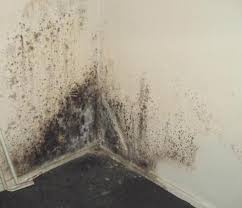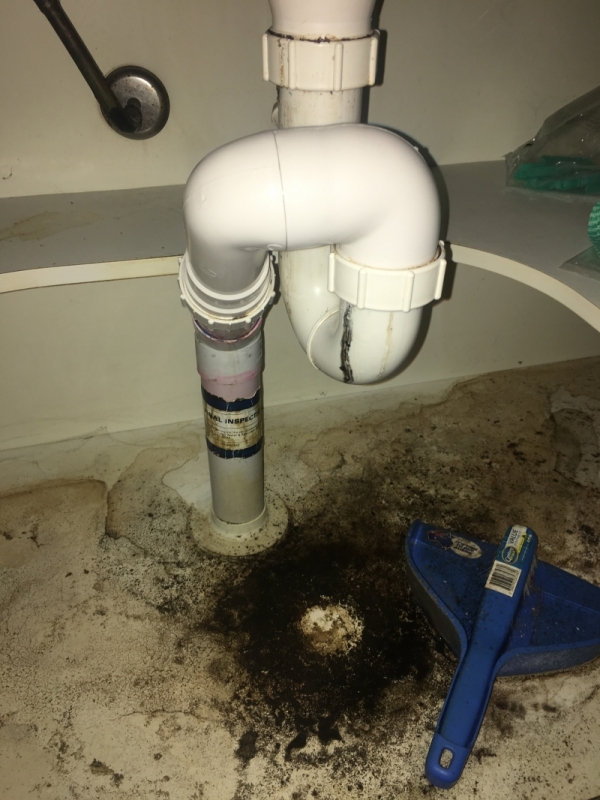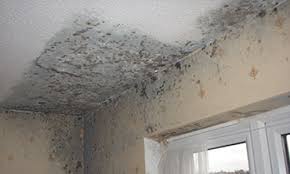Mould
What is Mould?
Mould is a type of fungus that grows in damp, poorly ventilated areas. This fungus is frequently seen growing in bathrooms and can cause several health problems, including respiratory problems, cold like symptoms, skin irritations, eye irritations and asthma attacks.
What causes Mould?
Mould spreads by producing microscopic spores. These spores travel the air until they find a damp area to grow. Most of the time, this isn't a problem, but if these spores land on your damp shower floor, walls or ceiling, they can begin to grow inside your home if not cleaned or ventilated.
What to do with Mould?
Before you remove the mould, you need to find out why it is growing in the area. Some buildings are more prone to mould due to factors such as the age of the building, structural issues, location, or the absence of adequate ventilation or extractor fans.
Could there be a leak in the home that is feeding the mould? Is the room poorly ventilated? Could there be a roof leak? It is important to fix the cause of the mould, other wise the mould will return, even after you have cleaned the area.
Who is responsible for the mould?
If you are a tenant, then it will depend on why the mould has grown. You will need to notify the property manager or landlord of the mould issue as soon as you are aware of the problem.
Generally, if the mould is a result of problems with the property eg: a leaking roof, it is the property managers/owner's responsibility to clean the mould and make any necessary repairs.
If the mould is present due to poor cleaning or steam is continually allowed to build up by keeping the window closed when bathroom is in use, therefore having poor ventilation, then this would be the tenants responsibility to clean the mould and any repair any damage that it has caused.




